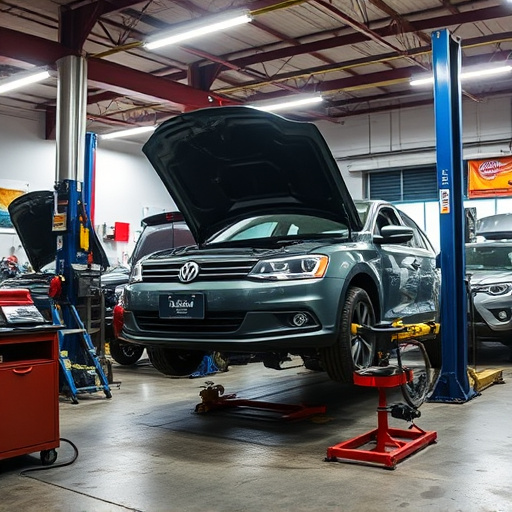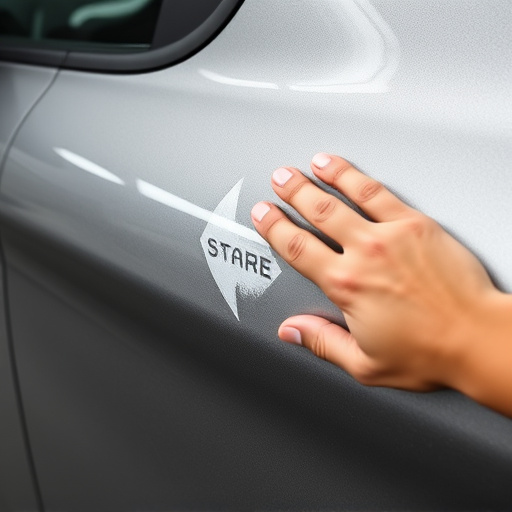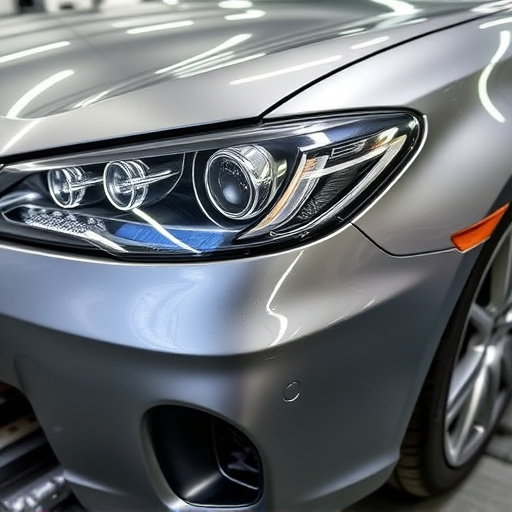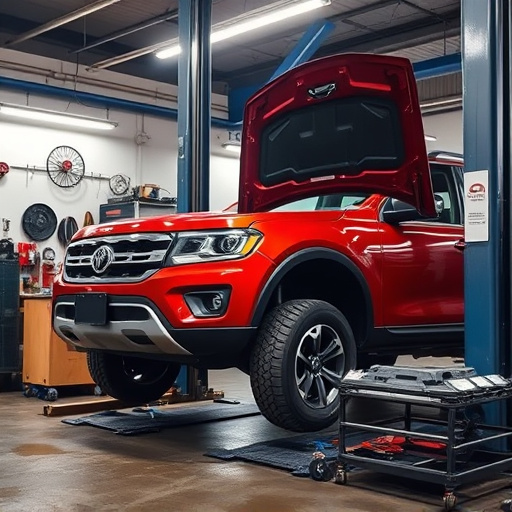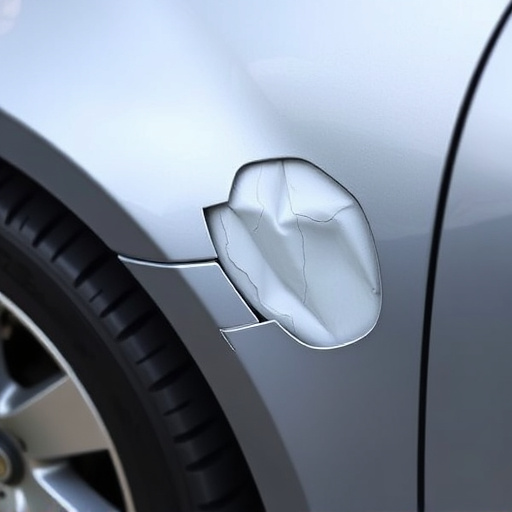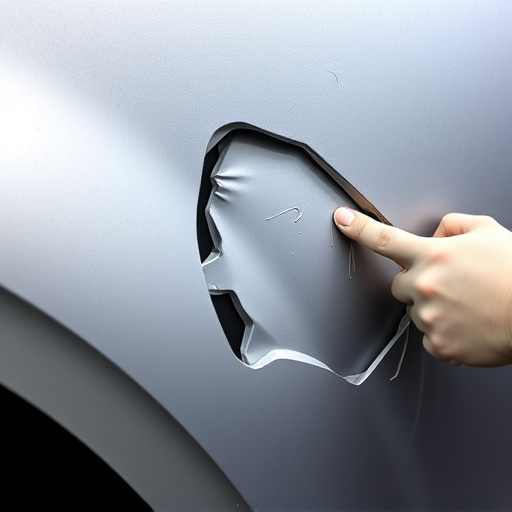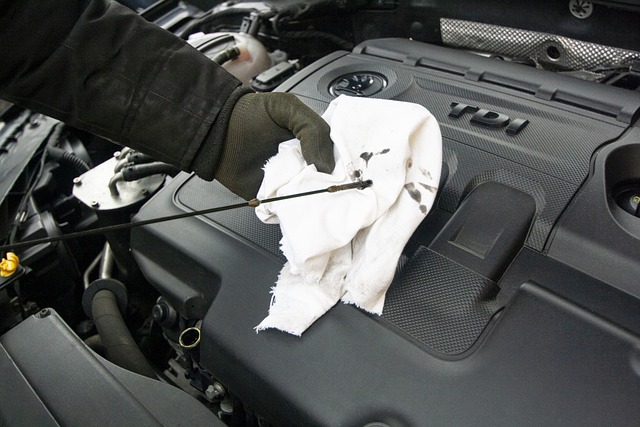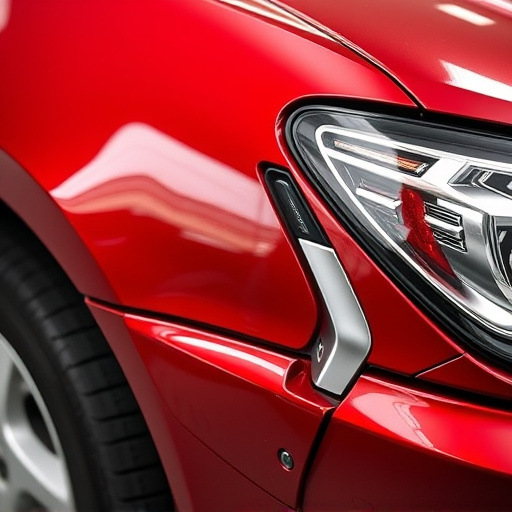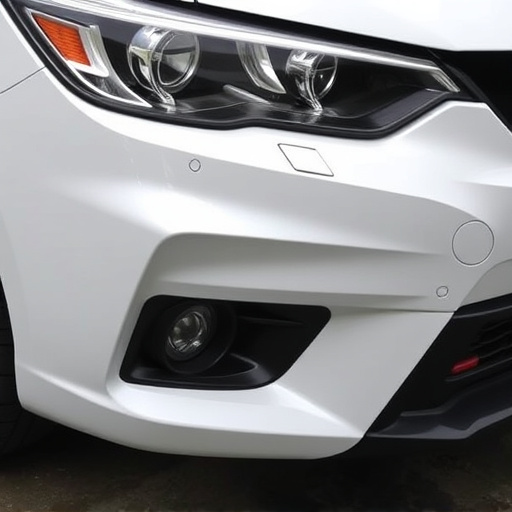Tesla dashcam configuration requires optimal hardware setup with clear line-of-sight for cameras and regular maintenance. Firmware updates are essential for enhanced features, improved recording quality, and bug fixes. Tailoring settings like resolution, frame rate, and storage duration suits individual needs. Regular updates from Tesla ensure peak performance and access to new features, crucial for safety, record-keeping, and legal defense.
Unleash the full potential of your Tesla’s dashcam with our comprehensive guide. This article delves into the intricacies of Tesla dashcam configuration, empowering owners to optimize their vehicle’s onboard camera system. From understanding the hardware setup to mastering firmware updates and custom settings, you’ll learn how to ensure compatibility and enhance performance. Discover tips to navigate through firmware versions, benefiting from improved features and enhanced security. Get ready to transform your Tesla’s dashcam into a powerful tool for peace of mind on the road.
- Understanding Tesla Dashcam Hardware and Setup
- Firmware Updates: Compatibility and Benefits
- Customizing Dashcam Settings for Optimal Performance
Understanding Tesla Dashcam Hardware and Setup

The Tesla dashcam is a sophisticated piece of technology designed to capture and record driving events. Understanding its hardware setup is crucial for optimal configuration. Each Tesla model comes equipped with one or more cameras strategically placed to monitor the road ahead, often supplemented by additional sensors for enhanced visibility. Familiarizing yourself with these placements and their intended purposes forms the foundation for effective Tesla dashcam configuration.
Proper setup involves ensuring clear line-of-sight for each camera, free from obstructions that could impede its view. This might involve adjusting the camera angles or even replacing a damaged camera module (similar to vehicle body repair). Regular maintenance and checks are recommended, especially after incidents like auto collisions at the collision repair center, as these events can cause damage to the delicate equipment. By configuring your Tesla dashcam correctly, you maximize its potential as a valuable safety feature and legal defense in the event of an accident.
Firmware Updates: Compatibility and Benefits

Firmware updates for Tesla dashcams are a crucial aspect of maintaining optimal performance and functionality. Compatibility is key; ensuring your dashcam supports the latest firmware version ensures seamless integration with your vehicle’s system. Regular updates often bring enhanced features, improved recording quality, and bug fixes, contributing to a better overall experience. For instance, newer firmwares may introduce higher resolution settings, night vision improvements, or even advanced safety features like automatic incident detection.
Staying up-to-date allows you to take advantage of these benefits, which can significantly impact your driving experience. It’s particularly important for those engaged in classic car restoration projects or operating a reputable auto body repair shop, where precise record-keeping and advanced safety measures are paramount. Regular firmware checks ensure that your Tesla dashcam performs at its peak, providing invaluable data during potential insurance claims or legal situations.
Customizing Dashcam Settings for Optimal Performance
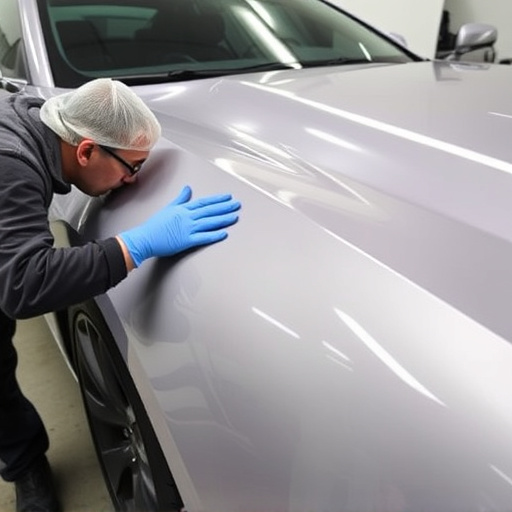
Optimizing your Tesla’s dashcam configuration is key to achieving peak performance and capturing clear footage. Start by tailoring settings like resolution, frame rate, and storage duration to match your specific needs. Higher resolutions provide sharper details but require more storage space, so balance these factors based on whether you prioritize detail or longer recording times. Adjusting the frame rate can also impact video quality; higher rates capture more fluid motion, ideal for detecting fast-moving objects.
Additionally, consider enabling advanced features like motion detection and automated scheduling. Motion detection ensures your dashcam only records when there’s activity, conserving storage space and battery life. Automated scheduling lets you set specific times for recording, aligning with your daily routine or known high-risk periods, further enhancing efficiency. Regularly updating the firmware is also crucial; Tesla offers over-the-air updates that can improve performance, fix bugs, and even add new features, ensuring your dashcam stays current with the latest advancements, just like you’d maintain a vehicle through professional services like vehicle repair or car paint services for optimal condition.
Optimizing your Tesla’s dashcam setup involves a blend of understanding hardware, staying informed about firmware updates, and tailoring settings for peak performance. By configuring your dashcam correctly and keeping firmware up-to-date, you enhance both safety and the overall driving experience. Remember to consult official Tesla resources for detailed instructions on Tesla dashcam configuration to ensure compatibility and maximize benefits.

